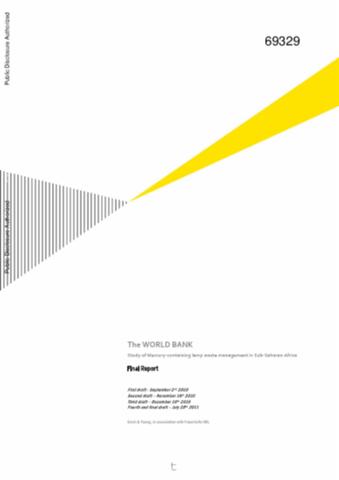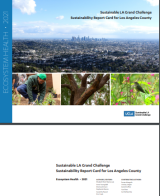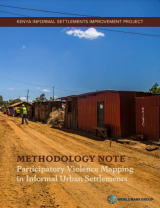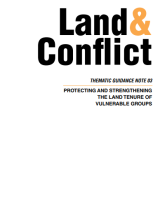
-
Country/City
AFR
-
Topics
Land Use, Solid Waste Management (SWM), Management, Recycling, Disposal
-
Published On
July 20, 2010
-
Author(s)
The World Bank
The overall amount of mercury in the mercury containing lamps (MCL) market in Sub-Saharan Africa is low compared to other sources of mercury, yet it can be further reduced up-stream by improving lamp lifetime and mercury content. One of the main objectives of this report is to provide policy-makers with the knowledge and tools they need when confronted with a potentially significant flow of end of life mercury containing lamps and the potential mercury pollution it could generate, either airborne or by seeping through the ground to water bodies. The risks related to MCL waste are either low or easily controllable in the business-as-usual scenario with a domestic waste collection scheme and landfills. The design of the landfill, which should be engineered, is essential to reduce human exposure, environmental impact and associated risks. The most effective solutions to reduce overall mercury emissions, which are incineration with activated carbon filters and mercury extraction and which require a separate collection scheme, also result in the highest risk for the workers. Some alternative measures can be more effective and more sustainable; these require local involvement from the government to reinforce policies as well as broader involvement of lighting manufacturers at the international level. Another essential measure is to prepare the lighting market for a shift to other mercury-free lighting technologies. LED has been under the spotlight for several years now, but it will need further development before it becomes commercially viable, and even more so in Sub-Saharan Africa.



